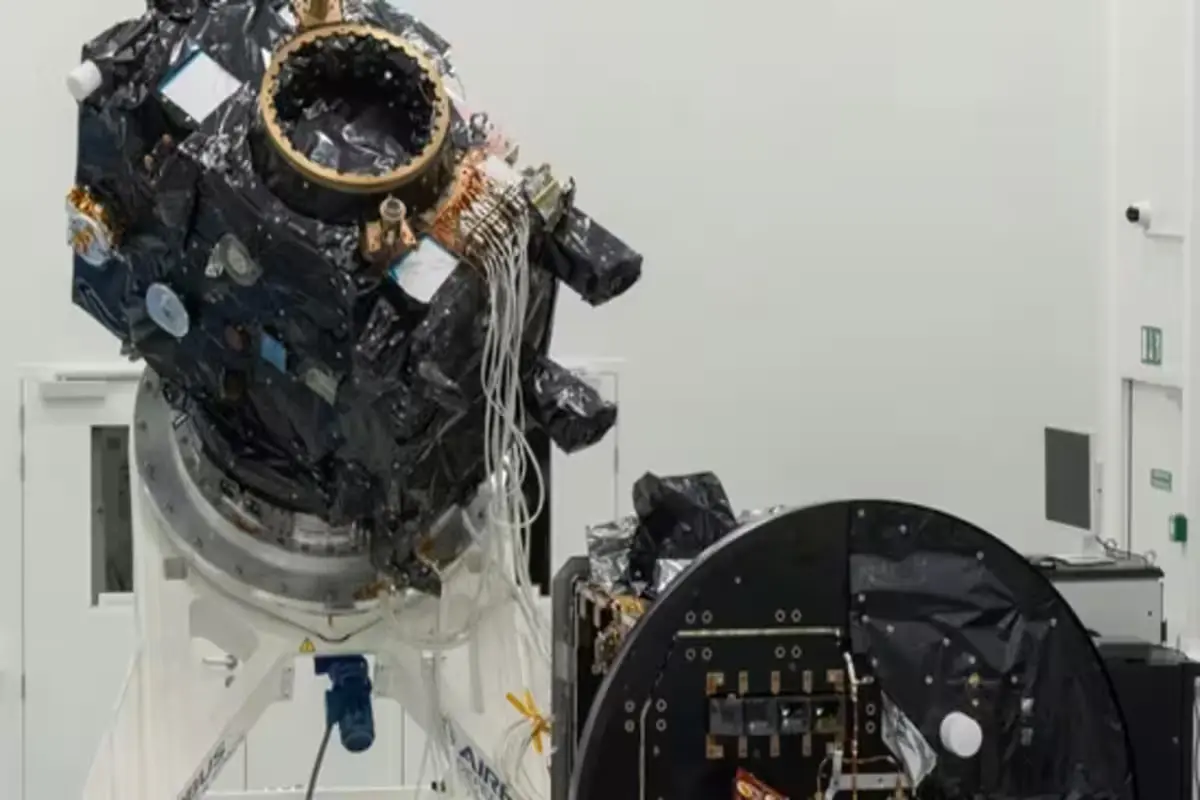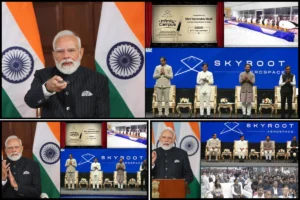
Millions of enthusiasts recently flocked from afar to witness the awe-inspiring total solar eclipse, as the Moon veiled the Sun entirely, revealing its ethereal corona. Now, the European Space Agency (ESA) is gearing up to orchestrate its own artificial eclipse, a groundbreaking endeavor slated for the near future.
ESA’s Proba-3 Mission:
Dubbed the “Proba-3” mission, ESA’s initiative marks the maiden attempt at engineering a man-made eclipse. The mission revolves around two spacecraft: the Coronagraph and the Occulter. Despite their diminutive size, these satellites wield significant scientific potential, poised to unravel mysteries of the Sun’s corona and its broader impact on space weather.
Precision and Collaboration:
The mission’s success hinges on precision, with the spacecraft poised to maintain a meticulous distance of approximately 144 meters from each other, accurate down to the millimeter. The Occulter’s primary function is to obstruct the Sun’s rays, allowing the Coronograph to scrutinize the corona in detail. This delicate interplay promises to fabricate an immaculate solar eclipse in space.
Also Read: Ram Navami: Indian Stock Markets Shut, Resume On Thursday
Scientific Objectives:
Through meticulous image capture, the spacecraft aim to enrich our understanding of space weather dynamics and the genesis of geomagnetic solar storms. ESA’s endeavor holds profound implications for satellite operations, communication networks, and terrestrial power grids, as it endeavors to bolster our capacity to forecast and mitigate the impacts of solar phenomena.
Collaborative Efforts:
In a testament to international collaboration, the Indian Space Research Agency’s (ISRO) PSLV rockets will ferry the two satellites into orbit. Currently under preparation in Belgium, these spacecraft represent a testament to humanity’s collective quest for scientific advancement and space exploration.
Also Read : Taiwan: 10 Chinese Aircraft, 7 Naval Vessels Detected Around Nation
ESA’s pioneering venture into artificial eclipses underscores humanity’s relentless pursuit of knowledge about our celestial neighbor. As these spacecraft journey toward the cosmos, they carry with them the hopes of scientists worldwide, poised to illuminate the enigmatic realms of solar phenomena and space weather dynamics.
To read more such news, download Bharat Express news apps


















